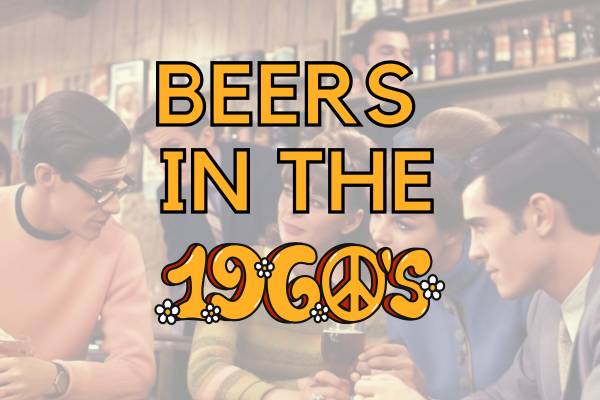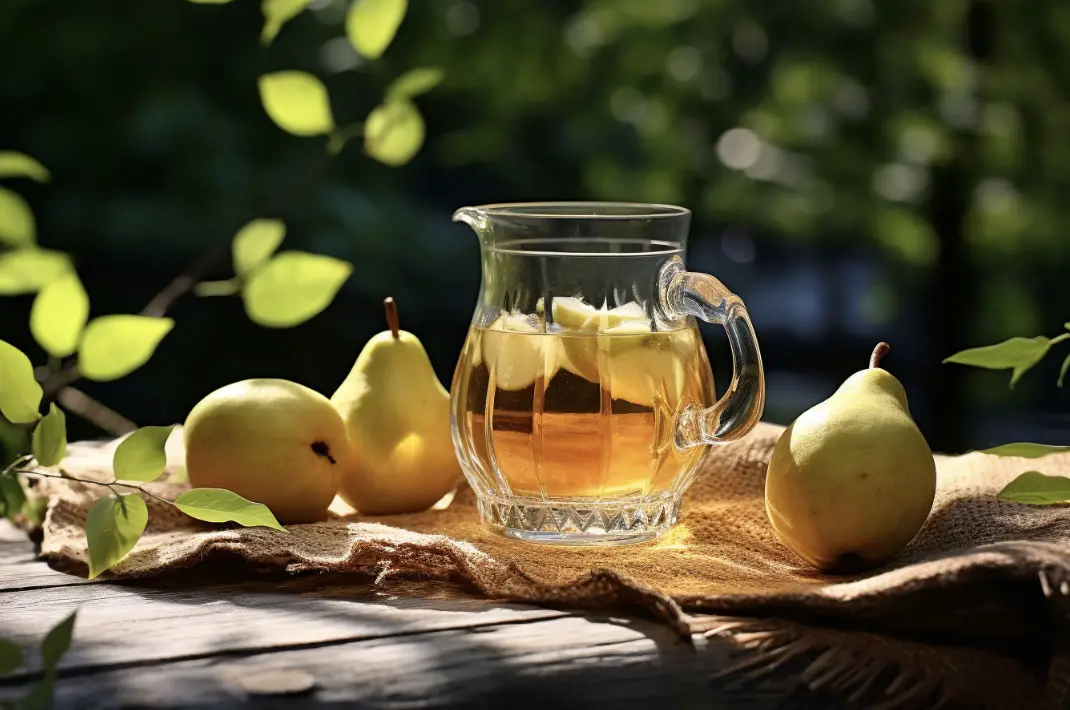The 1960s was a time of revolution, free love, flower power, and great music; but while our parents and grandparents were grooving to the tunes of The Beatles, The Rolling Stones, and Jimi Hendrix, they were also sipping on some iconic beers that defined the decade.
The swinging sixties saw major changes in the way people drank and enjoyed their brews, influenced by trends in both the US and the UK. But what were the most popular beers that defined this iconic era?
In this blog post, we’ll take a nostalgic trip down memory lane to revisit the beers that were popular during the sixties.
From Anheuser-Busch taking the crown as the largest brewer in the US to the rise of keg bitters in the UK, get ready to learn about the fascinating world of beer in the 1960s, how it was packaged, and how it evolved to become what we know and love today. Bottoms up!
1. Beers in the 60s
During the 1960s, the beer industry underwent significant changes that shook up the market and introduced new beers that became popular in their time.
The post-war period in the 50s had brought a lot of industrial development with it and also when it comes to beer breweries! This development continued throughout the 60s and well into the 70s as well.
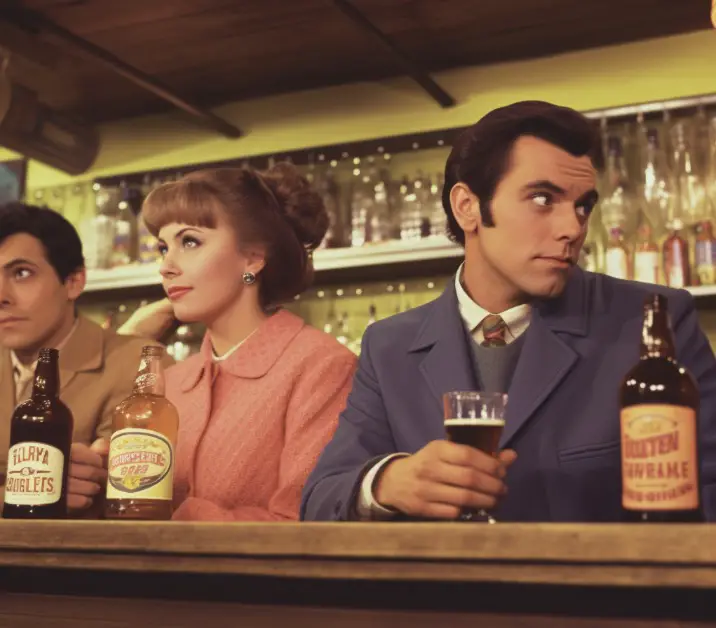
As the decade ushered in a period of revolution, free love, and flower power, people’s preference for beer also changed and evolved.
Some of the biggest beer producers of the 60s, such as Anheuser-Busch, began to dominate the market, while smaller regional breweries started to disappear.
Key points to remember about beers in the 60s:
– Beer drinkers in the UK shifted their preference from draught mild to keg bitters.
– Anheuser-Busch became the largest brewer in the US and started stepping its game to become even bigger. By the end of the 60s, they held 15% of the market.
– Budweiser was on its way to becoming the nation’s most dominant beer brand, the “King of Beers.”
– The beer industry saw innovations in packaging with the introduction of aluminum cans and pull-tabs in the 60s.
As Benjamin Franklin once famously said, “Beer is proof that God loves us and wants us to be happy.” With this in mind, let’s dive deep into the world of 60s beers, exploring their popularity, changes, and lasting impact on modern beer culture. [1][2]
2. Popular beer brands of the 60s
Some of the most popular beer brands in the 1960s included:
– Blatz: Often remembered as the first beer for many in this era, it was a staple choice among teenagers and young adults.
– Budweiser: Established itself as a trusted and well-loved brand in the 60s, leading to its dominance in the beer industry.
– Anheuser-Busch: Experienced significant growth in the 60s, which later led to the rise of brands like Budweiser and Michelob.
– Hamms: Originally famous for its catchy jingle, this beer was a firm favorite due to its refreshing taste and affordable price.
– Schlitz: Known for its slogan “The beer that made Milwaukee famous,” Schlitz was a crowd-pleaser at parties and gatherings.
– Pabst Blue Ribbon: With its distinctive red, white, and blue branding, this beer gained popularity due to its smooth taste.
As Benjamin Franklin once said, “Beer is proof that God loves us and wants us to be happy.” The 1960s was indeed a golden era for beer drinkers, with these popular brands satisfying the taste buds of many. [3][4]
Reasons for their popularity
The 1960s was a transformative period for the beer industry, with several factors contributing to the popularity of certain beer brands during the era. Some of the key reasons for their immense popularity are:
– Emergence of National Brewers: The rise of major national brewers such as Anheuser-Busch allowed them to establish a strong presence in the market, promoting their brands extensively and gaining a significant share of the beer market.
– Packaging Innovations: The introduction of aluminum and hybrid beer cans in the 1960s made beverage packaging more convenient and easier to open, which appealed to consumers.
– Shift in Consumer Preferences: Beer drinkers in the 1960s were moving away from traditional drinks like draught mild, and opting for keg bitters and later, lager beers.
– Marketing Efforts: Aggressive marketing campaigns by beer companies successfully targeted young people and positioned keg beers as premium brands. This helped increase their overall consumption rates.
– Consistency and Appeal: Keg and bottled beers were preferred by consumers for their consistent taste, brightness, and an appealing sparkle.
Overall, the combination of factors such as innovative packaging, effective marketing strategies, and evolving consumer preferences paved the way for the soaring popularity of beer brands in the 1960s. [5][6]
Comparison of 60s beer brands to modern-day favorites
As we reflect on the popular beer brands of the 60s, it’s interesting to compare them to our modern-day favorites.
Several beer brands rose up through the 70s where some like Schlitz, Miller High Life, Budweiser and Coors became dominant fro some lasting up through the 1980s, some consolidated through the 1990s and as you know several survived all the way till today!
While we may not be able to enjoy some of these brands like Falstaff or Burgermesieter anymore, there are clear differences and similarities between the defining beers of these two eras:
• Market Dominance: Anheuser-Busch was on the rise in the 60s, making Budweiser the dominant beer brand. Today, craft breweries have increased in popularity, although Anheuser-Busch remains a market leader.
• Packaging: The 60s brought the introduction of the aluminum can, replacing steel cans. Now, we’ve seen a resurgence of canned beer, as well as the increased use of growlers and crowlers.
• Variety: The 60s primarily featured milds, stouts, and bitters. Today, we’re accustomed to enjoying a wide range of beer styles and flavors, including IPAs, sours, and barrel-aged beers, to name a few.
As writer Kingsley Amis once said, “Beer commercials should feature beer, not women.” It’s evident that in both the 1960s and now, beer has always played a significant role in the social landscape and continues to evolve and adapt to the changing tastes of consumers. [7][8]
3. Changes in the beer industry in the 60s
In the 1960s, the beer industry saw significant changes that reshaped the market for years to come. One of the most notable transformations occurred as major national brewers started to take hold of the market, leading to mergers and acquisitions that gradually pushed smaller regional brewers out of business.
This consolidation was driven by several factors, including the rising prominence of Anheuser-Busch as the largest brewer in the U.S., and Falstaff as their primary competitor in the St. Louis area.
– Market share growth: Anheuser-Busch’s market share increased from 11% at the beginning of the sixties to nearly 15% by the end of the decade.
– Lager beers became popular in the UK only in the 1970s as beer drinkers moved from draught mild to keg bitters.
– Packaging innovations: The early 1960s also marked a significant change in beer packaging, with the introduction of hybrid cans that combined a steel body and an aluminum “soft-top” for easy opening.
These changes in the beer industry during the 1960s laid the foundation for the dominance of large scale commercial breweries and foreshadowed the rise of Budweiser as the nation’s leading beer brand. [9][10]
4. The dominance of Budweiser in the 60s
The 1960s marked a pivotal moment in the history of beer as Budweiser emerged as the dominant brand in the United States.
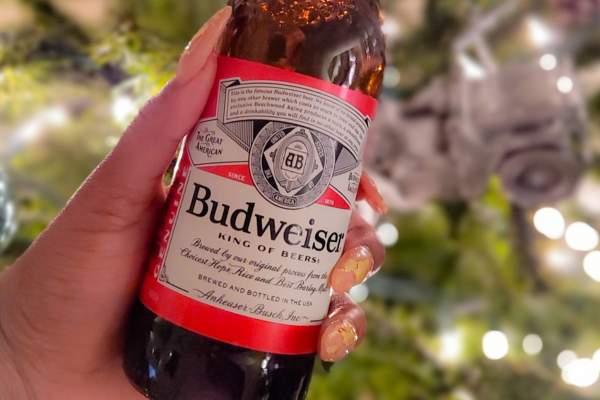
This shift occurred due to a few key factors:
– Anheuser-Busch, the company behind Budweiser, began this decade by claiming the number one spot as the largest brewer in the country, a position they have managed to hold onto ever since.
– The continuous expansion of Anheuser-Busch contributed to their growing market share; the company went from accounting for roughly 11% of the US beer market at the start of the 60s to almost 15% by the end of the decade.
– Budweiser’s increasing popularity was further reinforced by its assertive marketing strategies, which elevated the brand to its iconic status as the “King of Beers.”
Samuel Adams, one of the founding fathers of the United States, once said, “Beer is proof that God loves us and wants us to be happy.” Surely, the 1960s beer lovers would have shared this sentiment as they sipped on their ice-cold Budweisers, content with the reign of the “King of Beers.” [11][12]
5. The rise of Anheuser-Busch in the 60s
The 1960s marked a significant period in the history of Anheuser-Busch, as they rose to become one of the leading beer producers in the United States. Here are some key points to outline the growth of Anheuser-Busch in the 60s:
– In the early 60s, Anheuser-Busch moved to the number one position as the largest brewer in the US, overtaking their local competitor, Falstaff, as well as their closest national competitor, Schlitz Brewing Company.
– Data from Beer Marketer’s Insights shows that Anheuser-Busch’s market share in the 1960s increased from roughly 11% to almost 15%. This steady growth marked the beginning of their eventual domination, now holding a staggering 40% market share.
– This rise of Anheuser-Busch in the 60s was a result of the successful marketing of Budweiser as the ‘King of Beers,’ which soon became the nation’s most popular beer brand.
In conclusion, Anheuser-Busch’s rise in the 1960s, mainly due to the growing popularity of Budweiser, played a significant role in shaping the beer market we know today. [13][14]
6. The significance of canned beer in the 60s
The significance of canned beer in the 60s cannot be overstated; it greatly impacted the way people consumed beer and revolutionized packaging standards in the industry.

Here are some key points:
– The shift from steel cans to aluminum cans provided a more lightweight, convenient, and easy-to-carry packaging option for beer lovers.
– Hybrid cans, first introduced by Schlitz beer in 1960, combined a steel body with an aluminum “soft-top”, significantly reducing the weight of the can while still retaining durability.
– Aluminum cans were more sustainable and easier to recycle than their steel counterparts.
– The introduction of pull-tabs/ring pulls in the “Pop top” can in 1963 made opening cans a breeze, eliminating the need for a church key can opener.
– The availability of canned beer allowed people to enjoy their favorite beverage at home, at parties, and at outdoor events, aiding in the overall popularization of beer during the 60s.
In summary, the 60s saw massive advancements in beer can technology, which made canned beers more accessible, convenient, and environmentally friendly. This period marked a pivotal moment in the history of beer consumption and packaging innovation. [15][16]

Aluminum cans replacing steel cans
Aluminum cans revolutionized the beer industry during the 1960s, gradually replacing their steel counterparts. These events were influenced by several crucial developments:
– Schlitz beer first introduced hybrid cans in 1960, using a steel body with an aluminum “soft-top”. This innovation paved the way for more advanced packaging materials.
– In 1963, Schlitz unveiled the “Pop-top” can – the precursor to the modern pull-tabs/ring pulls we use today. This innovative design made opening cans more convenient for consumers.
– Aluminum cans offered several advantages over steel cans, such as being lighter, having superior protection against spoiling, and being much easier to recycle.
These advancements ultimately contributed to a shift away from steel cans and towards aluminum or hybrid cans throughout the decade.
As beer packaging technology continued to advance and improve, the benefits of aluminum cans would only become more apparent, leading to their widespread adoption in the industry. [19][20]
7. Hybrid and pull-tab cans in the 60s
In the 1960s, significant advancements were made in beer packaging, aiming to make cans more convenient and user-friendly. Here are some key highlights from this era:
– Prior to 1958, beer cans were primarily made of steel and required a church key can opener. These openers had a practical dual-purpose, with one end for opening cans and the other for opening bottles.
– 1960 saw the introduction of hybrid cans, which combined a steel body with an aluminum “soft-top.” Schlitz beer was the first brand to introduce these cans, setting a new packaging trend.
– In 1963, Schlitz also became the first brand to add pull-tabs or ring pulls, known as “Pop top” cans, making them much easier to open and consume.
– Throughout the 1960s, steel cans were gradually phased out in favor of aluminum or hybrid cans. This shift not only made beer cans more convenient to carry but also contributed to a more environmentally friendly packaging option.
Overall, the 1960s marked a period of innovation in beer packaging, introducing hybrid cans and pull-tabs that have become staples in the beverage industry today. [17][18]
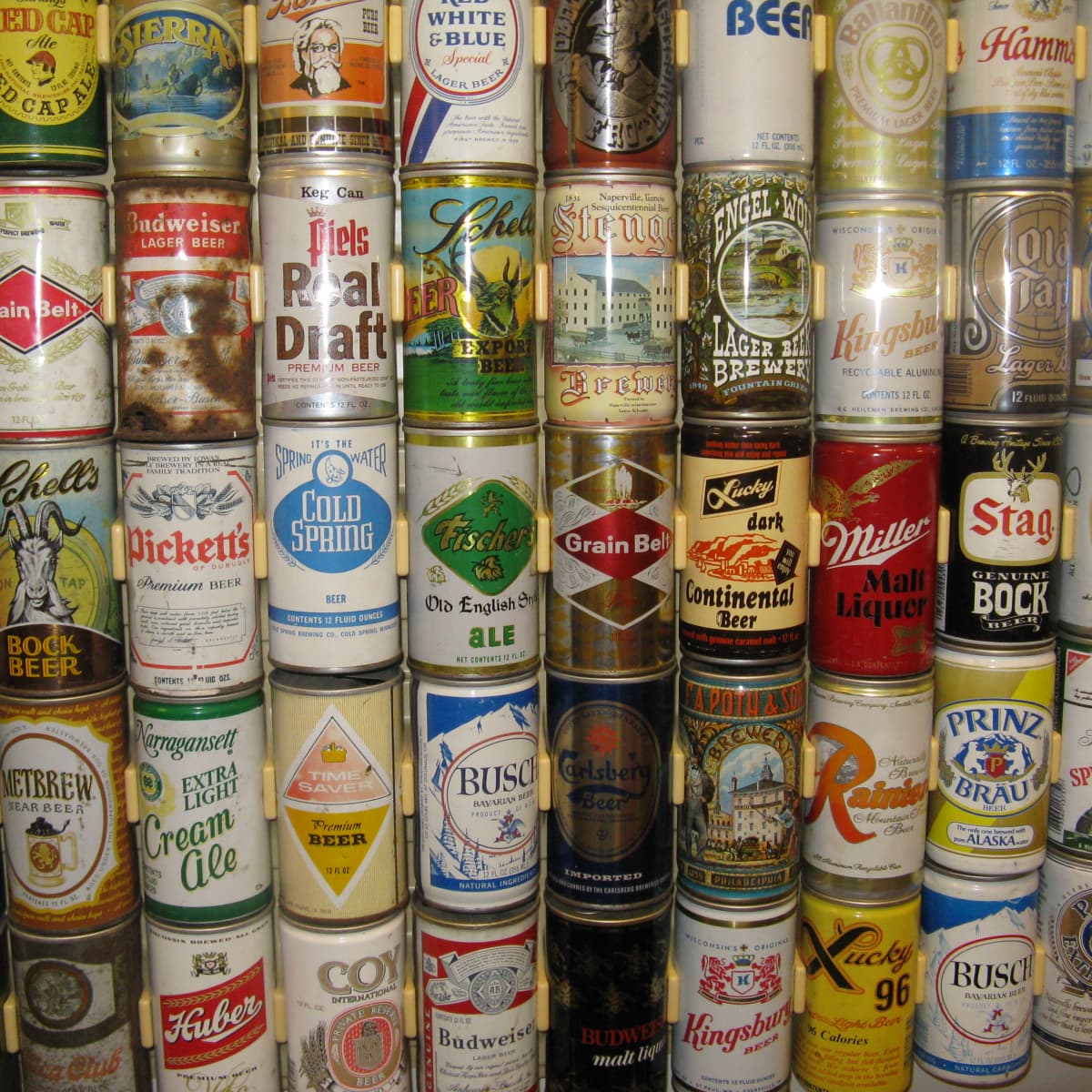
8. Nostalgia for beer brands of the 60s
The 1960s were a transformative time in the history of beer, marked by the emergence of iconic brews and innovative packaging methods. Some of the most cherished and nostalgic beer brands of the era, like Falstaff and Burgermeister, have now vanished from modern-day store shelves. However, these vanished brands still hold a special place in the hearts of many who fondly remember sipping them while enjoying the music, free love, and flower power that characterized the decade. A few key beer moments from the 60s include:
– Anheuser-Busch gaining prominence and eventually becoming the largest brewer in the US, a position they still hold today.
– The transition from steel beer cans to the more convenient aluminum, with innovative additions like soft-tops and ring pulls.
– The rise of draught keg bitter in the UK, with brands like Watneys Red Barrel leading the way, defying their previous allegiance to draught mild.
These nostalgic beer brands and experiences transport us back to a time when life was seen through rose-tinted glasses, and the flavors and aromas of these beloved brews were an integral part of that. [21][22]
9. The impact of beer consumption in the 1960s
During the 1960s, beer consumption possibly had several effects on society and the economy at the time. A few of these potential impacts include:
– Popularization of beer culture: In the 1960s, beer was arguably the favorite alcoholic beverage in the United States, with widespread immigration from beer-drinking countries such as Britain, Ireland, and Germany contributing to an ever-growing beer culture.
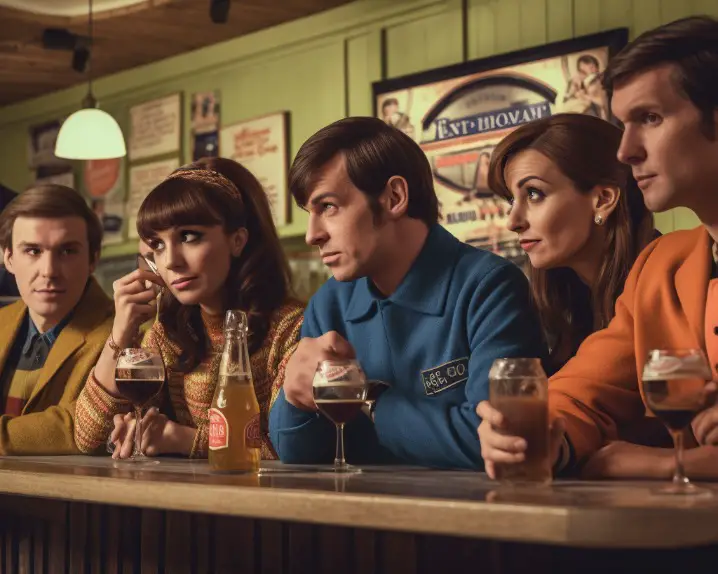
– Supporting local businesses and economies: Back then, numerous small-scale local breweries existed. This industry helped support local businesses, as people produced, served, and consumed beer within their regions. According to historical data, in 1810 America’s 140 commercial breweries collectively produced just over 180,000 barrels of beer.
– Technological advancements: The 1960s saw several technological developments in beer production, such as artificial refrigeration and pasteurization, which enabled brewers to adapt to American weather and increase the shelf life of packaged beer.
These advancements led to more efficient production, storage, and transportation of beer, boosting the industry.
– Potential Health benefits: Recent scientific evidence demonstrates that moderate beer consumption can yield benefits for one’s cardiovascular health and have a protective effect on metabolic health. These findings highlight the possibility that moderate beer consumption in the 1960s might have positively influenced public health at the time. [23][24]
10. Conclusion
In conclusion, the 1960s was a era marked by significant shifts in beer preferences and brewing technologies. The rise of keg bitter, particularly Watneys Red Barrel, challenged traditional cask-conditioned ales, and by 1971, keg beer made up 18% of the total beer market.
Best bitter and its bottled equivalent, pale ale, were the preferred beers of the 60s, with many breweries reducing the strength and original gravity of cask beers to focus on keg beers.
Similarly, Ballantine IPA gained popularity in the US, showcasing that Americans could embrace bolder flavors with higher alcohol content.
At the same time, lager was also gaining favor, foreshadowing its dominance in the 70s. This decade of changing tastes and brewing advancements helped pave the way for the diverse beer landscape we enjoy today. [25][26]

